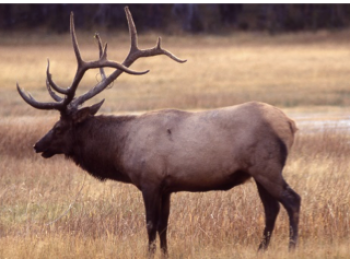Serendip is an independent site partnering with faculty at multiple colleges and universities around the world. Happy exploring!
Next Generation Science Standards - Activity LIsting
Many of our activities for helping middle school and high school students learn life sciences are aligned with the Next Generation Science Standards (NGSS; http://www.nextgenscience.org/next-generation-science-standards). The following listing provides brief descriptions of our NGSS-related resources. The tables in Alignment of Activities with Next Generation Science Standards summarize the alignment of our activities with NGSS Disciplinary Core Ideas and Performance Expectations. These tables also summarize how each of these activities engages students in Scientific Practices and provides the opportunity to discuss Crosscutting Concepts. The Teacher Notes for each activity provide additional information concerning alignment with the Next Generation Science Standards.

 In this minds-on activity, students analyze evidence about achondroplasia to learn how a mistake in DNA replication can result in a new mutation that affects a child’s characteristics.
In this minds-on activity, students analyze evidence about achondroplasia to learn how a mistake in DNA replication can result in a new mutation that affects a child’s characteristics.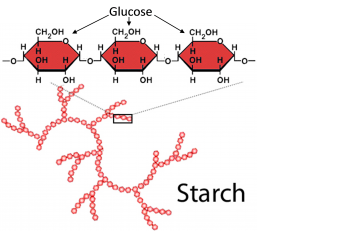
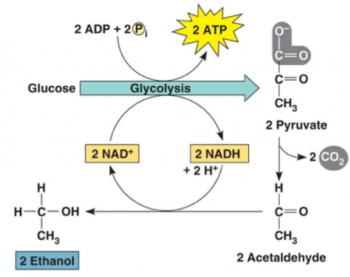

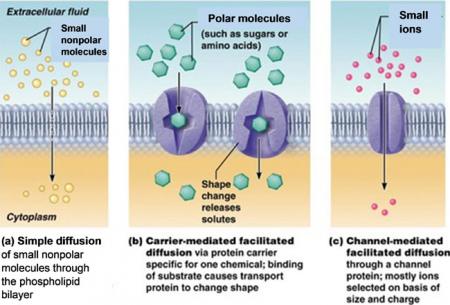
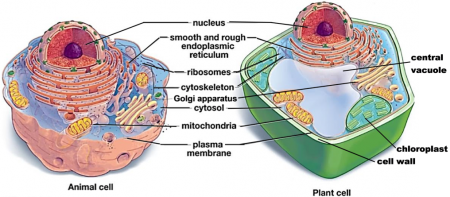



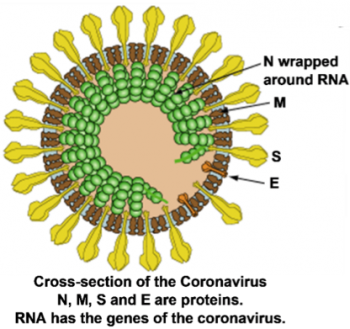
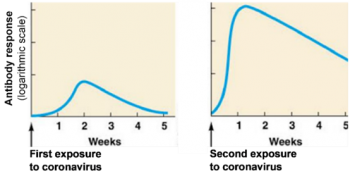
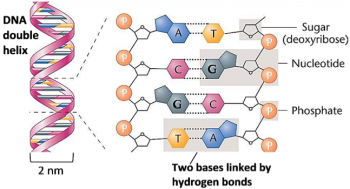

 flow through ecosystems, the carbon cycle, trophic pyramids, exponential and logistic population growth, species interactions in biological communities, succession, and effects of human activities on ecosystems. This overview also recommends introductory ecology readings.
flow through ecosystems, the carbon cycle, trophic pyramids, exponential and logistic population growth, species interactions in biological communities, succession, and effects of human activities on ecosystems. This overview also recommends introductory ecology readings. 
 Download Student Handout:
Download Student Handout: 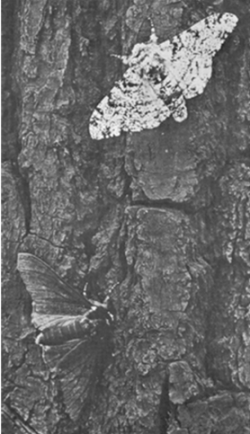 In this minds-on, hands-on activity, students develop their understanding of natural selection by analyzing specific examples and carrying out a simulation. The questions in the first section introduce students to the basic process of natural selection, including key concepts and vocabulary.
In this minds-on, hands-on activity, students develop their understanding of natural selection by analyzing specific examples and carrying out a simulation. The questions in the first section introduce students to the basic process of natural selection, including key concepts and vocabulary.
